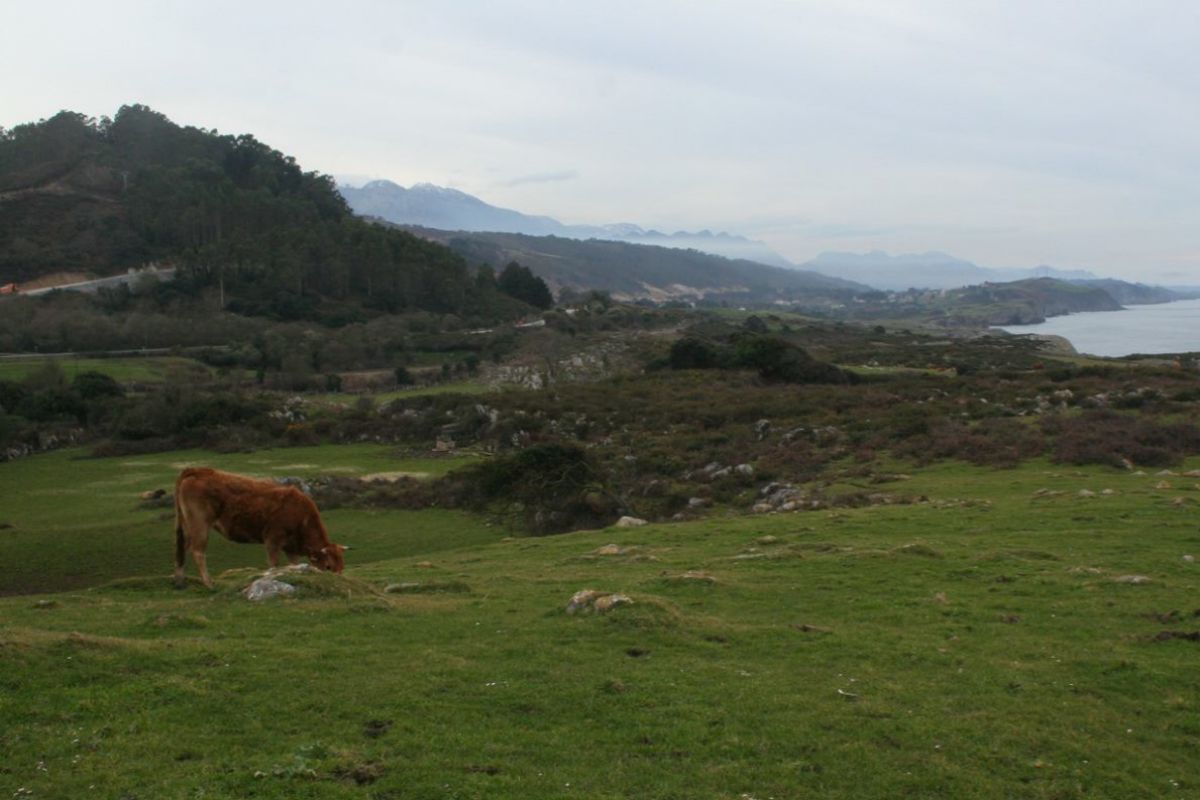- Science: Prehistoric babies drank milk in clay bottles
- Genetics: being rich or poor was inherited 4,000 years ago
About 10,000 years ago, in the Middle East, a radical change began in the relationship between humans and nature. By then the dog had already become a travel companion to the sapiens , but it is from that crucial moment when the domestication of farm plants and animals begins, which will allow humanity to find a new way of life, capable of maintaining stable way to increasingly large populations. Agriculture and livestock then began to replace hunting and gathering in most of the planet.
The fossils seem to indicate that very soon after the domestication of goats, cows and sheep, the first farmers also found ways to take advantage of their milk, despite the fact that this product was not initially digestible by adults . Although not all regions adopted milk derivatives with the same enthusiasm. In Europe, for example, the dairy industry developed at two speeds, much faster in the north than in the south.
This is reflected in a study published this Monday in Nature Communications , led by the Spanish Miriam Cubas, in which an international team has analyzed the molecular remains found in clay pots used by the first farmers and ranchers throughout the Atlantic coast of Europe, who lived between 7,500 and 5,500 years ago .
Specifically, researchers have found evidence of dairy consumption in most ceramic fragments in the British Isles (80%) and Normandy, while in Spain and Portugal it seems to have been much less significant. "The differences between the south and the north of the Atlantic façade are largely due to the livestock available," explains Cubas, a researcher with dual affiliation with the universities of York and Oviedo. "In the Iberian Peninsula there was a predominance of sheep and goats, while in France and the British Isles there are more cattle."
Lactose tolerance
On the other hand, the first farmers who settled in the north had to face harsher climates, in which the nutritional benefits of milk had important advantages. "Dairy consumption has a higher fat and vitamin D intake, which could have been especially important for northern populations, which received less vitamin D due to reduced exposure to sunlight," says the author. Meanwhile, in the southern regions of the continent, the kitchen relied heavily on the meat of domestic animals, which were first introduced in this period.
Scientists have used a technique called lipid analysis, with which they can analyze ceramic fragments and identify the type of fats absorbed by clay thousands of years ago . More complicated is to determine what techniques were used to process those dairy products and make them digestible. Because the incorporation of this food group required an adaptation process. "We would find ourselves before a population that had not yet developed the genetic mutation that allows humans to digest lactose," recalls Cubas. "The next step, without a doubt, will be to address the correlation between dietary change and genetic diversity."
Fermented milk, for example, breaks down lactose into lactic acid. Cheese is low in lactose because it involves separating rennet from whey, in which most of the sugars remain. "With the information we have today we can propose that dairy consumption existed, but we still cannot determine how they were consumed ( milk, cottage cheese, yogurt, cheese ...)," explains Cubas. "It is an aspect that is already being the subject of many projects."
Absence of seafood
Researchers have examined organic residues from 24 archaeological sites located between Portugal and Normandy, as well as in the Western Baltic. "Today, genetic mutations that allow adults to digest the lactose present in milk have a greater presence in the area northwestern Europe than in the southern regions, "says Professor Oliver Craig of the York University Department of Archeology. "These differences in the emergence of dairy products could be important for understanding the evolution of lactose tolerance in Europeans."
Chemical analysis of the remains of animal fats, fish oils, wax and resins has allowed the team to shed new light on diversity in the diet of ancient Europeans. One of the most surprising results was the absence of marine food, even in archaeological sites located in coastal areas , where these food resources are clearly available. The only exception was the Baltic region, where dairy and seafood were prepared on the same ceramics. "This could mean that many prehistoric farmers avoided seafood in favor of dairy, or perhaps that fish and shellfish were simply processed in other ways," says Cubas.
According to the criteria of The Trust Project
Know more- science
- Science and health

